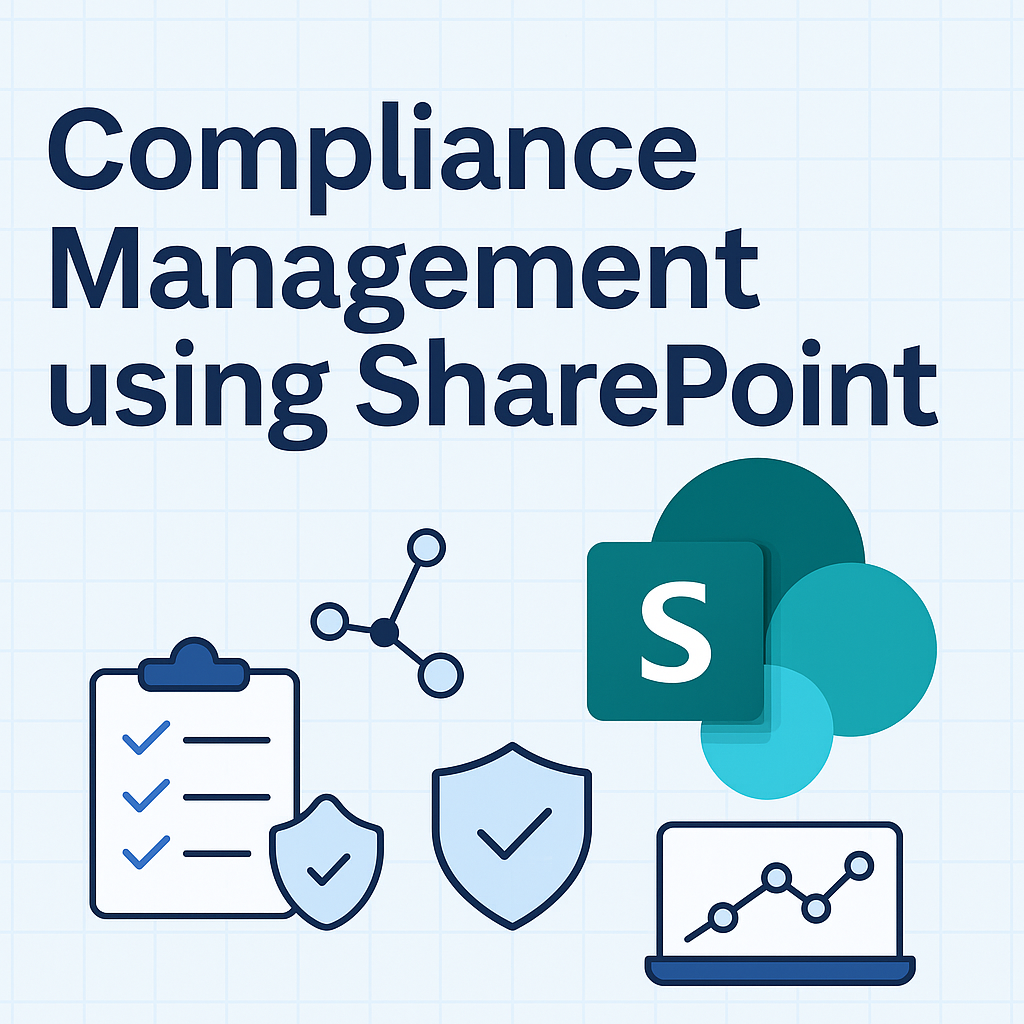Inventory management; these two words have the potential to make or break a business. Especially, if your business involves perishable products like food that needs to take safety concerns as well, you need the best possible methods to manage and distribute them.
So how do you plan to manage your inventory? It for sure cannot go haphazardly and you cannot just let it go the way it is going currently. How do you base your decisions and how do you plan to implement a rigid approach?
Together with this don’t forget to read our article on FEFO, FIFO & LIFO – Which one is the best strategy for your business?
Let have a look on a few stats:
- About 44.65% of consumers inspect the expiration dates of products they consume
- Around 49% Customers think expiration dates are important but they consider it to be the responsibility of the retailer
- Only 6% of consumers don’t bother about the expiration dates
This clearly shows that food products must reach the customers way before they reach their expiration dates. And the most proven method to make this possible is by following the FEFO (First Expire First Out) distribution model. First Expired First Out model makes sure the items that are first approaching their expiry dates are shipped out first making sure customers get what they expect and nothing goes waste.
FEFO is essentially the best way for dealing with food products. By issuing the lots that have the oldest expiry dates, the quality of the delivered products is made consistent and optimal.
This method is also applied in many other industries like medicine and chemical where the expiry date is very critical.
While the most natural method that food distributors follow is to deliver the first in products first out (FIFO), it may not be applicable in all cases. About 27% of consumers find themselves looking at expired groceries and food items on the store shelves. About 9% of consumers report that they find expired food on a weekly basis. This clearly shows the failure of FIFO method to deliver food products as expected by the consumers.
This is because food that arrives first gets delivered first and the material moves along a single direction without any regards to the expiry dates. Food items could be shipped from any location and have differing shelf life periods. If this factor is not taken into account, the distribution process becomes not so efficient and products get delivered either too soon or too late and lot of food gets wasted.
With concerns for food safety and reduction in food losses rising all over the world, the rules and regulations that dictating the expiry condition have also grown tighter. But many a times, food distributors have less to no idea on how expiry dates are marked and how exactly the temperature and environmental conditions can impact these date values.
The FEFO makes sure to take the following factors into consideration as opposed to the FIFO:
- Temperature control and monitoring
- Temperature variance while in storage, truck, or reefer container are considered
- The effects of temperature on shelf life period are considered
A proper Inventory management gives priority to remaining shelf life rather than simple transit time and storage times.
Also, about 40% of Consumers are seen to be accepting food products that are about two days from their date of expiration. This again ascertains the fact that it is the remaining shelf life period that matters and hence distributors must make sure they make use of all possible ways to ensure it is taken care of effectively.
If you are not already taking advantage of FEFO and your system is not equipped to look after the expiry dates, then contact us by sending an email to [email protected] and we will be happy to help you.



